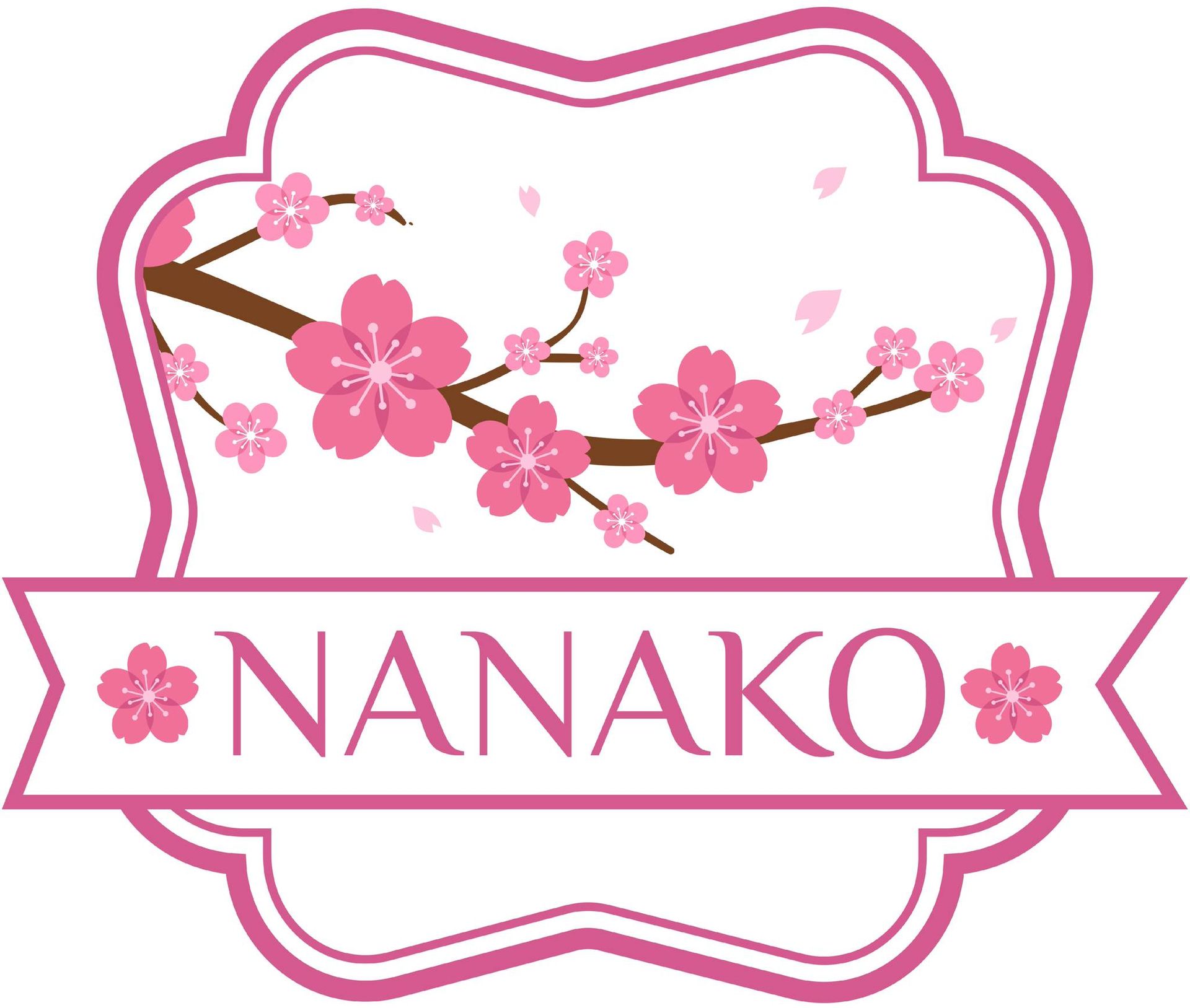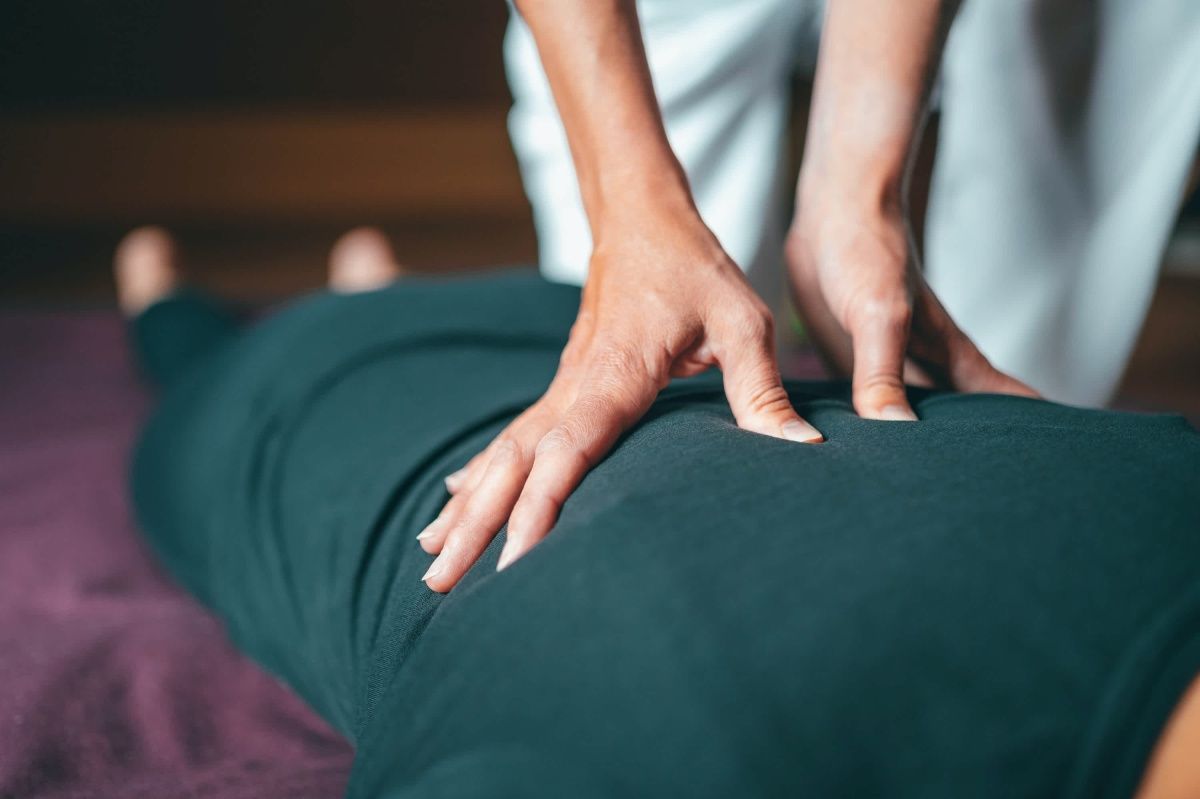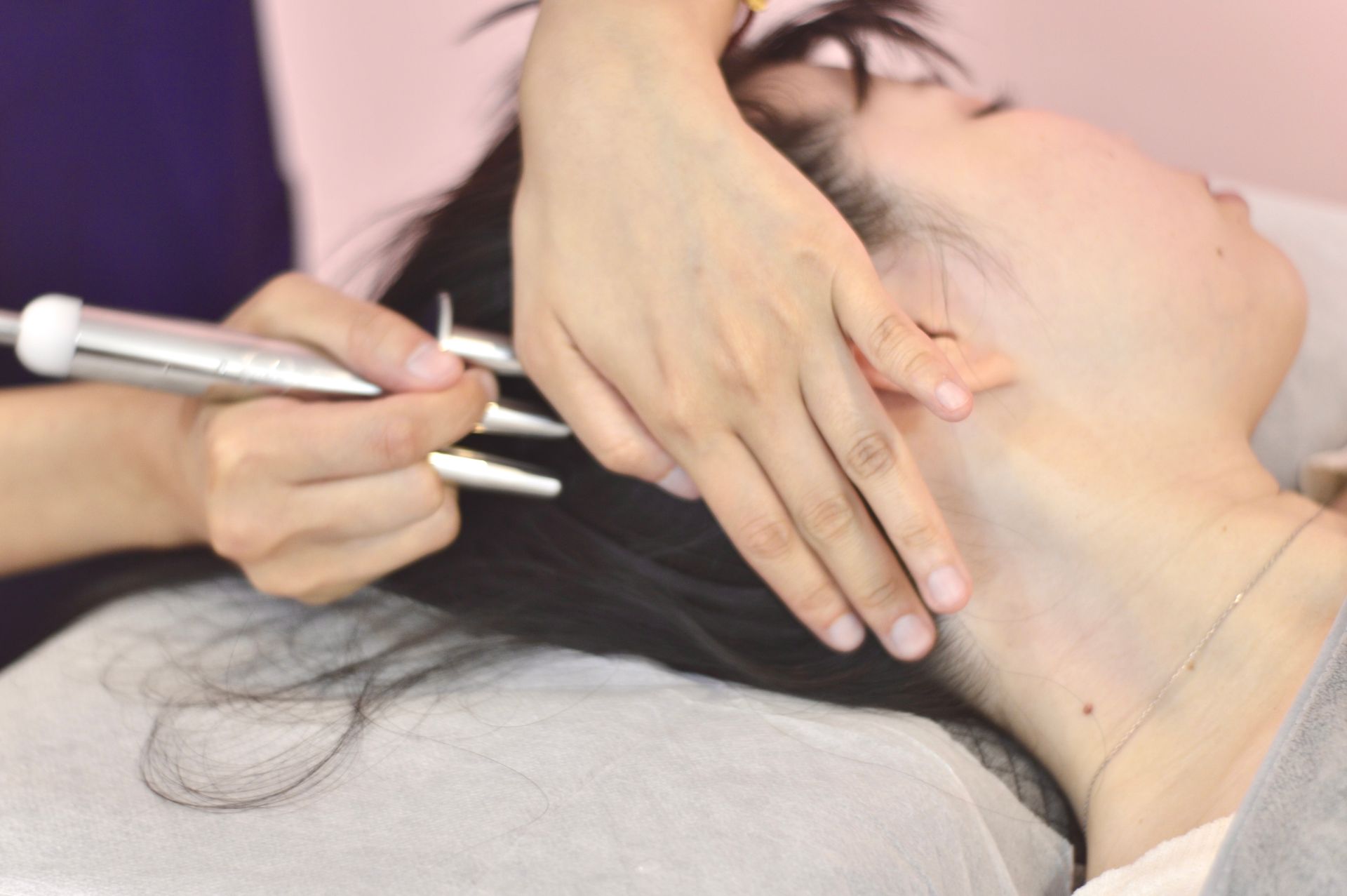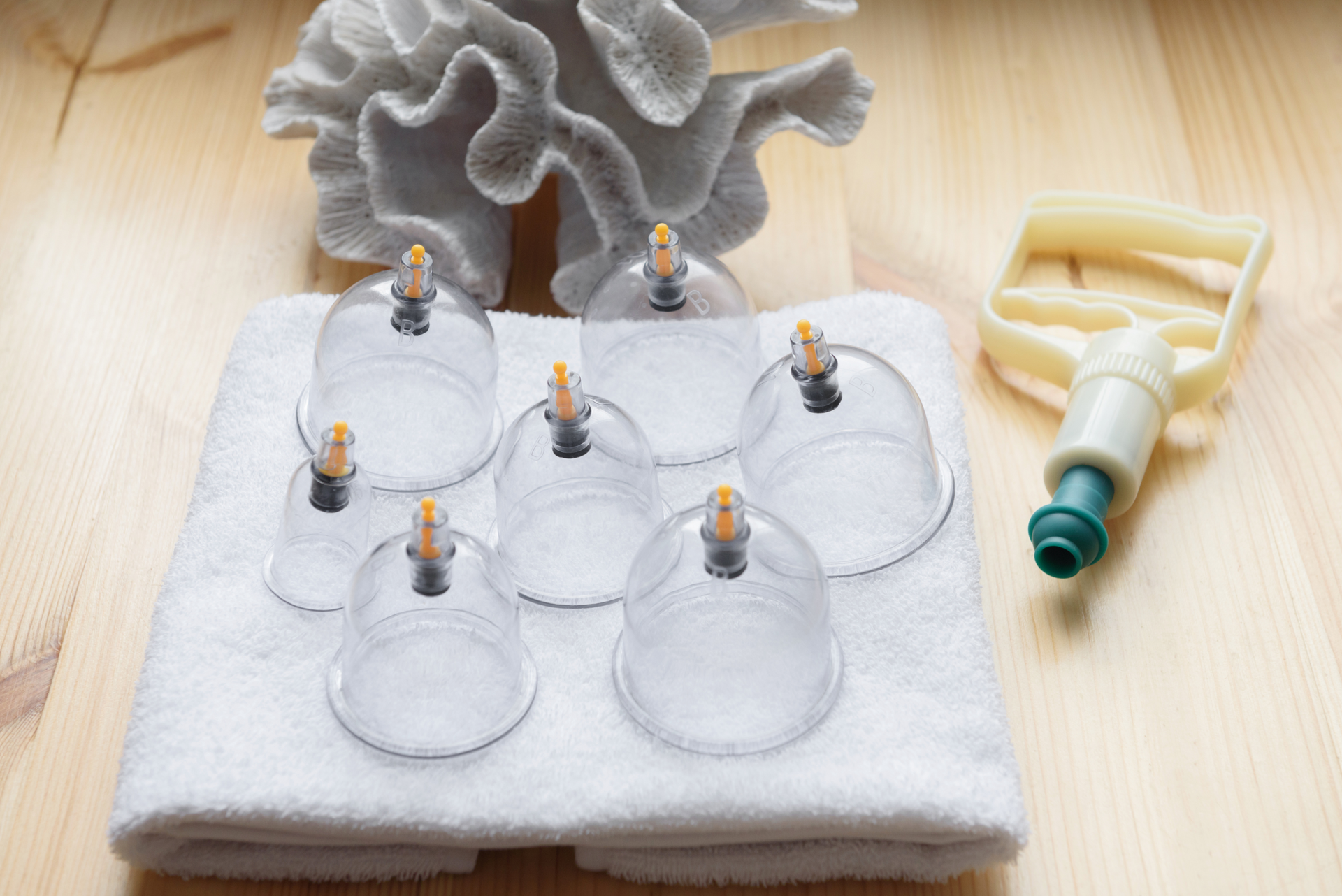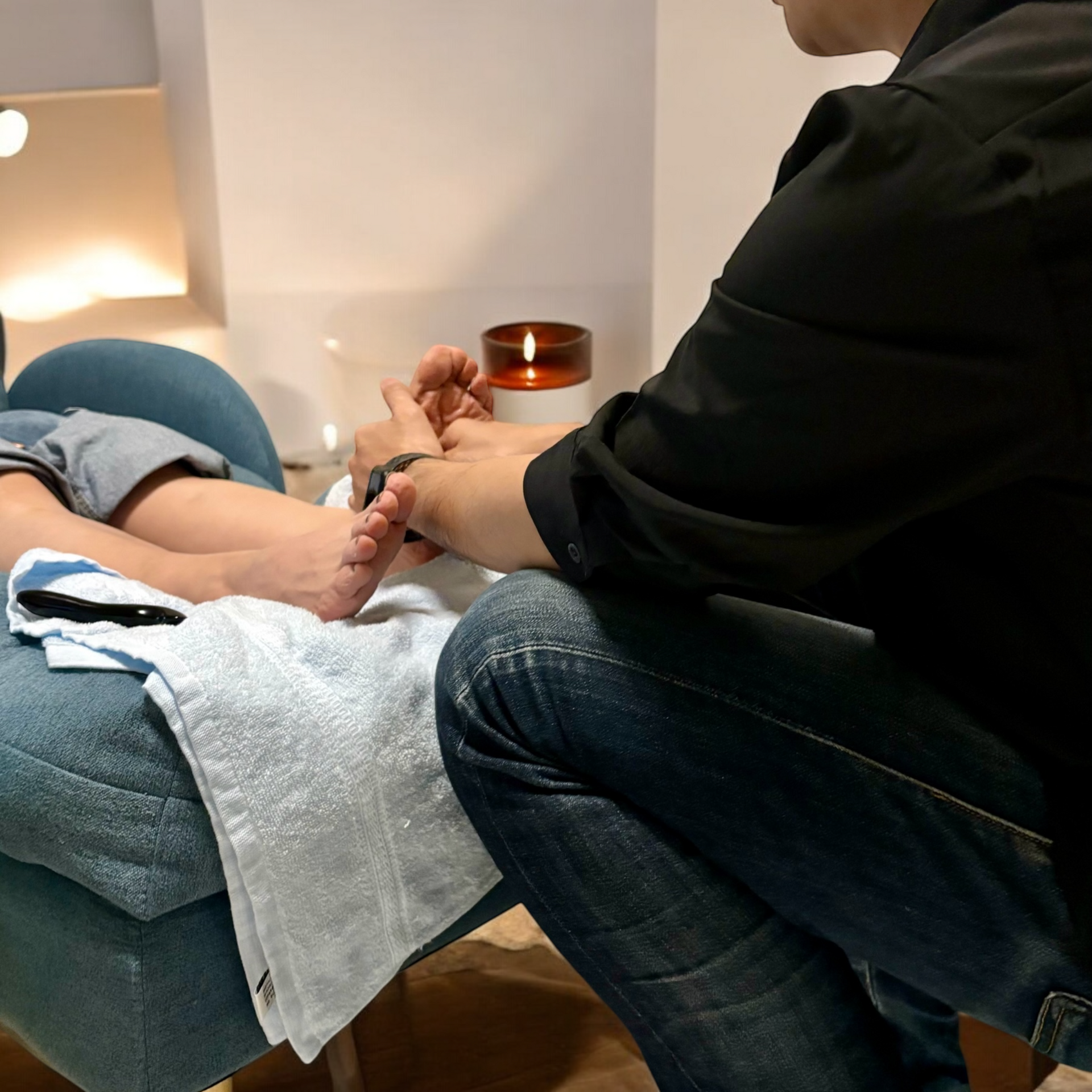"Five Elements Health" Health System
Meridian Massage
Based on the theory of meridians in traditional Chinese medicine, (acupuncture, kneading, rubbing, pushing, holding, rolling, kneading, etc.) combined with the tonifying and draining techniques of traditional Chinese medicine, it can promote the circulation of qi and blood, regulate the endocrine system, improve mental state, and reduce physical and mental fatigue. Secondly, it can stimulate the acupuncture points on the meridians, release energy blockages, and relieve soreness.
Twelve Meridians
Meridians are the general term for meridians and collaterals, which are the system of communication, transportation and conduction in the human body.
The twelve meridians are the collective name for the three yin meridians of the hand (lung, pericardium, and heart), the three yang meridians of the hand (large intestine, triple burner, and small intestine), the three yang meridians of the foot (stomach, gallbladder, and bladder), and the three yin meridians of the foot (spleen, liver, and kidney).
The twelve meridians are the main body of the meridian system, so they are also called the main meridians.
The twelve meridians are symmetrical on the body surface and are distributed on the head, face, trunk and limbs.
The meridians corresponding to the five internal organs are called Yin meridians, which are distributed on the inner sides of the limbs and the chest and abdomen; the meridians corresponding to the six internal organs are called Yang meridians, which are distributed on the outer sides of the limbs and the head, face, and trunk.
In the limbs, the position of the yang meridians is Yangming in the front, Shaoyang in the middle, and Taiyang in the back; the position of the yin meridians is Taiyin in the front, Jueyin in the middle, and Shaoyin in the back (the special case is that the three yin meridians of the foot are 8 inches below the medial malleolus, with Jueyin in the front and Taiyin in the middle).
Menu
Lymphatic Drainage
European and American lymphatic massage is the latest massage method, which maximizes the body's natural healing power and guides the body into a healthy and beautiful state. Combining the theory and technology of Western medicine, it starts from the deepest part of the body to be healthy and beautiful.
When nodules appear in the fascia and the flow of lymph nodes is blocked, symptoms such as swelling, pain, and local obesity will occur. European and American lymphatic massage focuses on "European fascial loosening" and "lymphatic flow", and improves this flow to achieve whole body balance, promote blood circulation and improve immune function, discharge excess water and waste accumulated in the body, and restore a healthy and clean body from the inside out.
In addition, European and American lymphatic massage has the effect of beauty body sculpting, and it is also a massage method to maintain healthy body curves. When the body is in a normal state, there will be lean body lines that fit the bones, the skin will be more shiny, and there will be aesthetic changes. The purpose of meridian lymphatic massage is to keep unnecessary things from getting stuck and keep a healthy body flowing well.
Menu
Scraping and Cupping
Gua Sha is a therapy guided by the meridian theory of traditional Chinese medicine. It uses specific scraping tools, such as a smooth-edged spoon, or a scraping board made of ox horn bone, Bian stone, etc. After adding lubricating media such as scraping oil or moisturizer to the skin, it is repeatedly scraped and rubbed on the skin with appropriate force and technique to cause local changes such as small red spots or dark red bleeding to appear on the skin.
Have you ever heard of a magical therapy that can suck away fatigue and pain in the body like a vacuum cleaner? Yes, it is the ancient cupping therapy!
The principle of cupping: using negative pressure to dredge the meridians and stimulate self-healing power
Cupping, as the name suggests, is the use of burning, suction and other methods to expel the air in the cup, creating a negative pressure that is adsorbed on specific acupuncture points or parts of the body surface to produce warm stimulation, thereby achieving the purpose of treating diseases.
The effect of cupping: like a "cleaner" for the body
Cupping is like a "scavenger" for the body. It can remove metabolic waste from the body, promote blood circulation, and stimulate the body's self-healing ability. Its main effects include:
- Soothes muscles and joints, relieves pain: The negative pressure and warm stimulation produced by cupping can dredge the meridians, promote the flow of qi and blood, relieve muscle tension and pain, and have good effects on neck, shoulder, waist and leg pain, rheumatoid arthritis.
- Promote blood circulation, remove blood stasis, reduce swelling and relieve pain: Cupping can promote local blood circulation, accelerate the dissipation of blood stasis, reduce swelling and pain, and is suitable for bruises, sprains, etc.
- Dispel wind and cold, and expel dampness: The warming effect of cupping can dispel cold and dampness in the body, improve symptoms such as fear of cold and fatigue, and has an auxiliary therapeutic effect on colds, rheumatic diseases, etc.
- Enhance immunity and improve physical fitness: Cupping can regulate the functions of internal organs, enhance immunity, and improve sub-health conditions such as insomnia, fatigue, and loss of appetite.
Applicable parts of cupping: Different symptoms, precise treatment
Cupping is not a random operation. Different parts correspond to different effects. Professional Chinese medicine practitioners will choose the corresponding acupoints and parts for cupping according to the patient's specific condition.
Menu
Fascia remodeling
• Tool-assisted soft tissue mobilization
• Specially formulated for treating muscle and myofascial pain
• Change soft tissue structure by controlling microcirculation
• Trigger the absorption of inappropriate adhesion structures and scar tissue, thereby promoting healing and reconstruction and rehabilitation of damaged soft tissue structures
Menu
Self-pedicure course
The ancients said: "When a tree withers, its roots die first; when a person ages, his feet age first." Among the twelve meridians in the human body, six meridians, namely the three yang meridians of the foot and the three yin meridians of the foot, reach the feet. Therefore, changes in the functions of the internal organs can be reflected in the feet. People's aging often starts from the feet, and people who do not walk often are most likely to age prematurely. Therefore, "the feet are the second heart of the human body." The heart plays the role of a blood pump in the human body. Walking promotes muscle contraction, plays the role of a blood pump, and improves blood circulation.
Podiatrist Stephen Chiu provides pedicure advice. In the regularly held pedicure workshops, in addition to demonstrating pedicure techniques, he also educates guests on how to relieve various physical problems for themselves and their families through foot massage in daily life.
Course Location: Room 11B, Man Wing Building, 503 Nathan Road, Yau Ma Tei, Kowloon
Foot Reflexology Course
Foot Reflexology Course (Group)
One-time fee
2-hour workshop, 2-4 people. The first 30 minutes are to learn the basics of foot massage, followed by a learning and practice period. Except for the model, who will have her feet massaged by me, all other participants will practice on their own.
Adults and children are charged the same price. Students are required to wear loose long pants and take off their socks during practice.
If students have special physical conditions, such as pregnancy, uterine fibroids, diabetes, recovery from chemotherapy, etc., they must notify themselves in advance.
$180
Foot Reflexology Course (Group) - Demonstration Model
One-time fee
In the 2-hour workshop, including foot bath, there is about 1 hour of the model doing the massage demonstration by me personally. If the students have been feeling unwell recently, it is recommended to choose this option.
Adults and children are charged the same price. Students are required to wear loose long pants and take off their socks during practice.
If students have special physical conditions, such as pregnancy, uterine fibroids, diabetes, recovery from chemotherapy, etc., they must notify themselves in advance.
$250
Self-pedicure course
2 courses
You can choose a private "self-pedicure course". In 2 sessions, each lasting 1.5 hours, I will not only provide pedicure services for your specific physical problems, but also provide suggestions for you to go home and massage your feet to relieve your condition.
Adults and children are charged the same price. Students are required to wear loose long pants and take off their socks during practice.
If students have special physical conditions, such as pregnancy, uterine fibroids, diabetes, recovery from chemotherapy, etc., they must notify themselves in advance.



